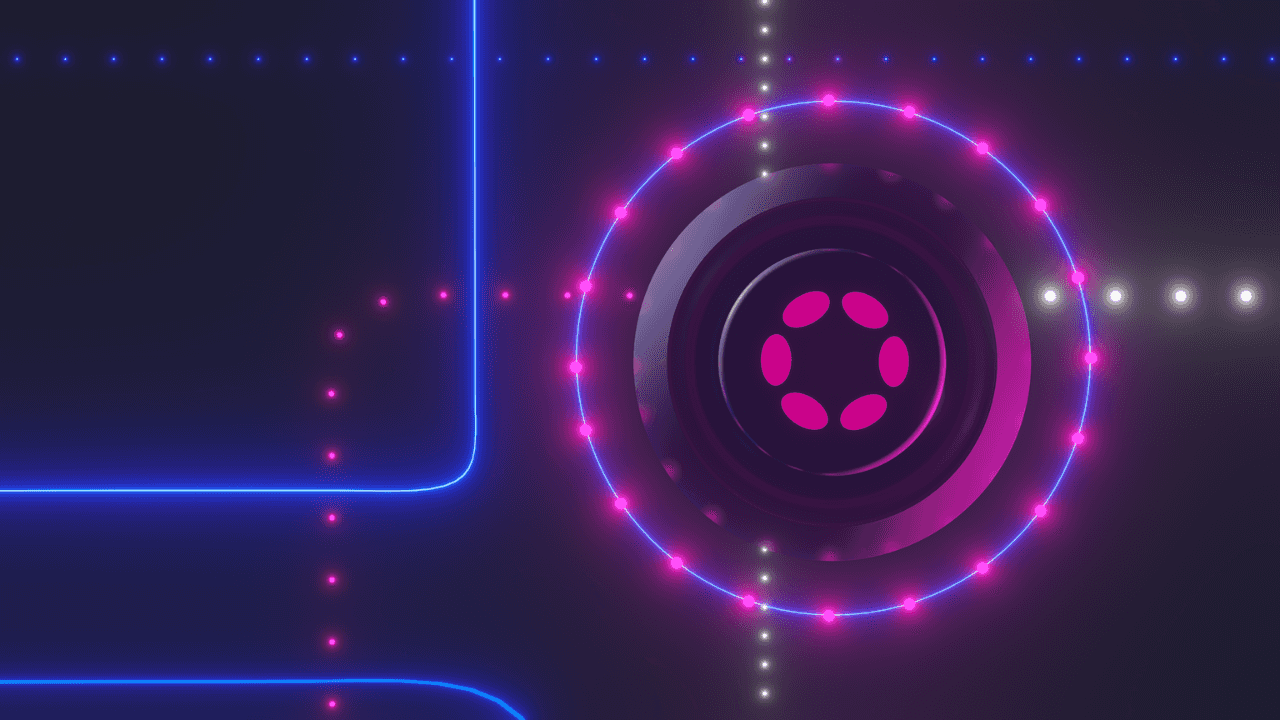
On the 26th of September, Polkadot released its roadmap for the last quarter of 2022. Check out Gavin Wood’s 5 new features for the blockchain!
On Monday the 26th of September Polkadot, and its development company, Parity Technology, released a document outlining all the most important features the network is working on for the last quarter of 2022. The updates planned by Polkadot are mainly related to scalability, parachain development, governance and staking. Let’s take a look at 5 new features for Polkadot coming in 2022 and all the improvements planned for the network!
1. Polkadot is becoming increasingly scalable
The first of five features coming to Polkadot in 2022 is called Asynchronous Backing and will be implemented to increase the scalability of the Polkadot network. Scalability is the ability of a network to process transactions quickly; the more scalable a blockchain is, the more transactions it can process in a given period of time. Thanks to the Asynchronous Backing functionality, the time per block on each parachain is expected to be reduced from 12 seconds to around 6 seconds. This will ensure that networks process transactions faster and with less latency: the time between when a transaction is sent and when it is actually processed.
Asynchronous Backing will make it possible to double the space available on each block, and to ‘reuse’ blocks when they are not validated on the first attempt. This upgrade is intended to increase the amount of work each parachain can do and to optimise the performance of the Relay Chain: the infrastructure on which all parachains are built. It will therefore be possible to register more parachains. Moreover, the TPS (transactions per second) capacity of the Polkadot network, i.e. that of all its parachains and parathreads, should increase significantly, to between 100,000 and 1 million.
2. Parathreads: launch and enhancements
The second novelty for the Polkadot ecosystem concerns parathreads. Parathreads are parachains which are not permanently integrated on Polkadot due to winning one of the auctions, but who pay for the use of Polkadot’s infrastructure ‘on a consumption basis’. As opposed to parachains, parathreads can also be built by non-professional programmers since, in terms of code complexity, they can be compared to simple smart contracts. Both Polkadot parachains and parathreads do not have their own consensus algorithm, but make use of the Proof-of-Stake Relay Chain algorithm. The launch of parathreads was planned for this summer, but it has been postponed to early 2023. Regarding parathreads, Parity Technology is exploring a solution called Next-Generation Scheduling. This technology allows Polkadot parachains that have won auctions (and have thus been awarded the opportunity to participate in the network and in parathreads) to increase the amount of space on their blocks in order to save on the costs resulting from the consensus mechanism.
3. Restructured governance
The third point in Polkadot’s roadmap for the last quarter of 2022 concerns governance. By governance within Web3, we mean the way in which community members can participate in decisions about the future moves of the project. The new system, called Overhaul, will eliminate the board and technical committees and introduce the Polkadot Fellowship. The Polkadot Fellowship has the Polkadot Fellowship Manifesto as its ‘constitution’.
The term fellowship, which is usually used to refer to a company of friends, was not attributed to Polkadot’s new governance system by chance. The system in fact aims to change the decision-making process by making it as similar as possible to what normally takes place in a group of friends. Polkadot’s new governance aims to decentralise the old system consisting of three chambers and a 13-member board elected by DOT holders. With the changes, all members of the community will have a say through periodic referendums and a proxy system that will speed up the decision-making process. Governance V2 is expected to be implemented on Kusama, the blockchain parallel to Polkadot that is being used to test the new features, at the beginning of the fourth quarter of 2022.
4. The New Staking Dashboard
The fourth new feature for the Polkadot ecosystem concerns staking. Since Polkadot is a blockchain that works thanks to the Proof-of-Stake consensus mechanism, staking is available and indispensable in order to guarantee the security of transactions. The challenge for the end of 2022 for Gavin Wood‘s blockchain is to make staking more accessible and easier for users who want to participate in the network’s consensus mechanism or obtain rewards. To this end, Parity Technologies has developed a Staking Dashboard, a platform for staking Polkadot’s crypto, DOT. The main focus of Parity Technologies’ development is to make the dashboard user-friendly and to lighten the infrastructure. In fact, staking on Polkadot works without a centralised external provider thanks to light-client technology. The latter allows validators to interact with a blockchain without having to store the entire network history, all the while maintaining the same level of security. The beta version of Polkadot’s dashboard for staking is already usable and the final version should be released soon!
5. Parachain enhancement
Polkadot’s future in the coming months will obviously also involve parachains. Parachains are Polkadot’s core functionality and the reason why blockchain has gained so much popularity. They are the secondary blockchains that exploit Polkadot’s infrastructure. Their performance will be improved through a new mechanism called Weights V2. Weights V2 will make it easier to validate parachain blocks and consequently make it easier to ‘write’ and develop them. The update is the first in chronological order that will be implemented and is expected to arrive by mid-October 2022.




